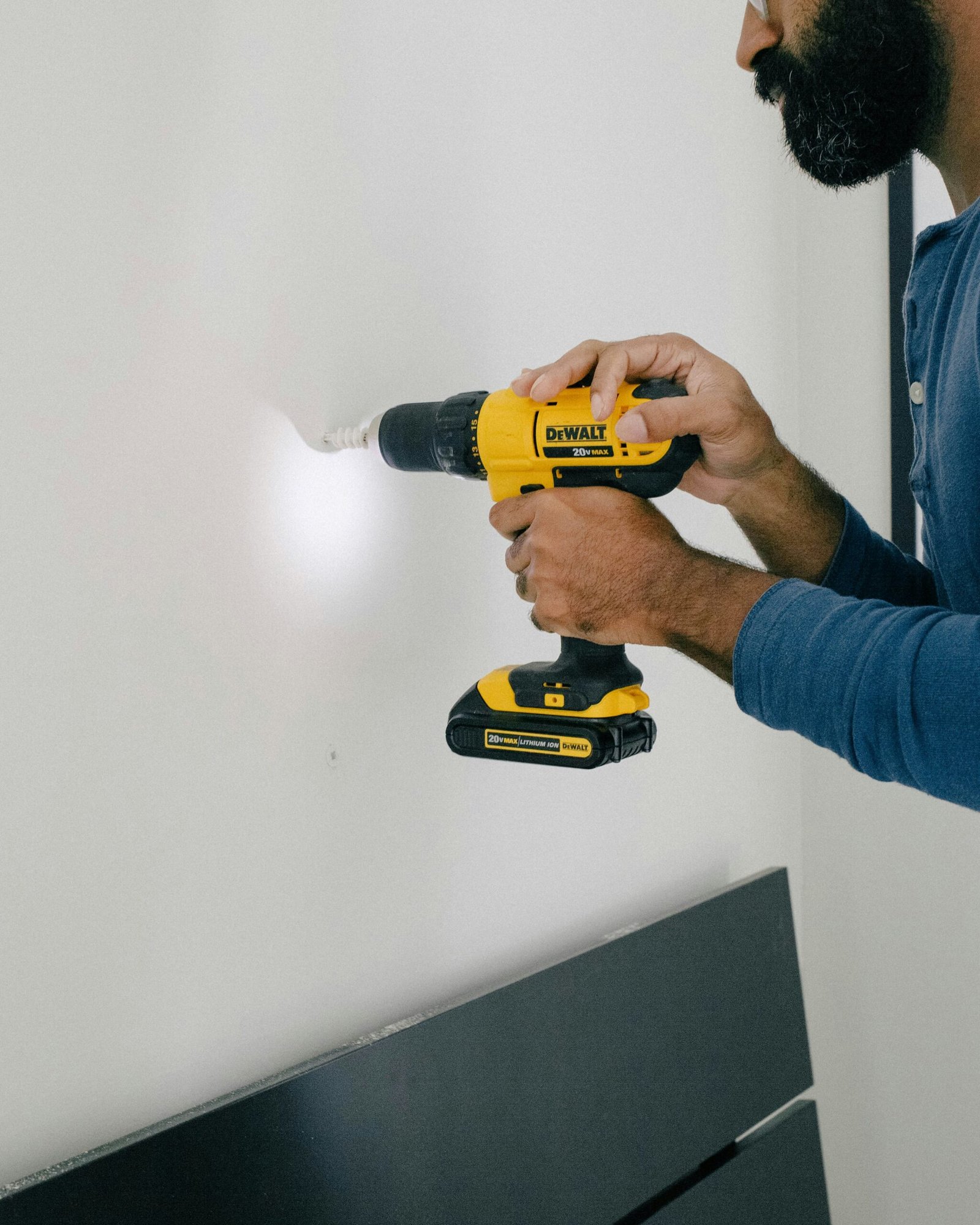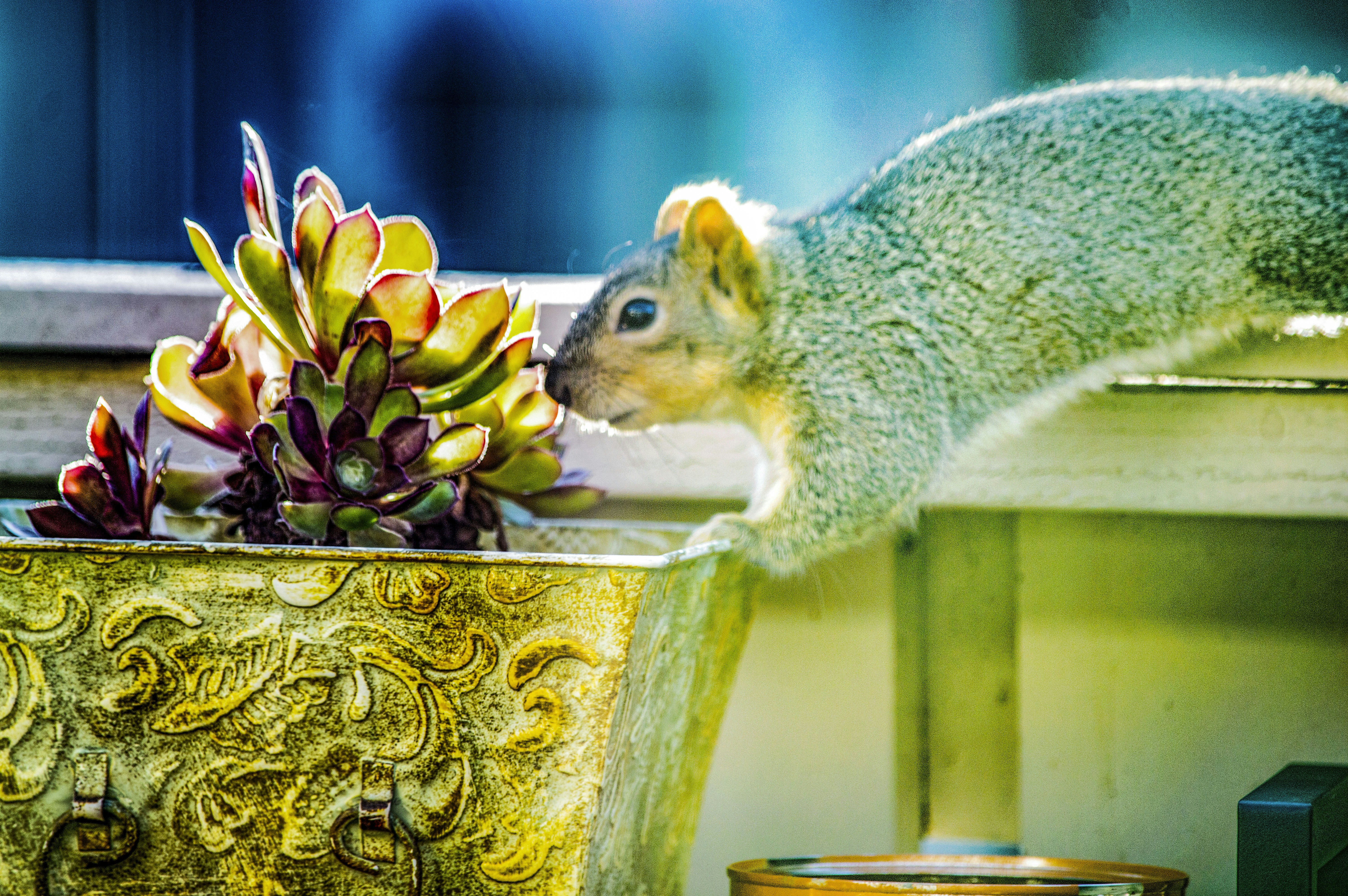Understanding the Importance of Preparation
Preparation in the painting process is often the overlooked yet crucial step that sets apart good finishes from great ones. Proper preparation involves several key practices, including cleaning, sanding, and priming surfaces to ensure optimal adhesion of the paint. When surfaces are well-prepared, paint adheres better, resulting in a more durable and aesthetically pleasing finish.
One significant factor that demonstrates the importance of preparation is its impact on the longevity of the paint job. Surfaces that are not adequately prepped can lead to issues such as peeling, chipping, and fading. For instance, a wall that has not been cleaned can harbor dust, oils, or grease, which may prevent the paint from bonding effectively. In contrast, a wall that has been meticulously cleaned and sanded will allow the paint to adhere properly, resulting in a longer-lasting and more resilient finish.
Moreover, preparation impacts the overall aesthetics of the paint job. A well-prepared surface, free from imperfections, contributes to a smooth and uniform application of paint. For example, when applying paint to a sandy or uneven surface, the final result is often marred with uneven textures and blotchiness. On the other hand, surfaces that have been smoothed and primed exhibit a flawless finish, enhancing the overall appearance of the painted area.
To illustrate further, consider a kitchen cabinet painted without proper preparation: unless thoroughly sanded and primed, the resulting finish may look inconsistent. Conversely, cabinets that undergo proper preparation display a professional sheen, highlighting the craftsmanship involved. Thus, the difference in visual appeal and durability between a well-prepared and poorly prepared surface underscores the critical role that preparation plays in the success of a painting project.
Essential Steps for Effective Surface Preparation
In the realm of professional painting, effective surface preparation plays a crucial role in achieving optimal results. The first step in this process is cleaning the surface thoroughly. This step is critical as it removes dust, dirt, grease, and other contaminants that can interfere with paint adhesion. For cleaning, a mixture of water and mild detergent is often sufficient, though commercial cleaning solutions can also be employed for tougher stains. Proper cleaning tools, such as scrub brushes or foam pads, should be used to ensure an even, clean surface.
The next vital step involves assessing and repairing any damage present on the surface. This includes filling in holes, cracks, or imperfections to create a smooth substrate for painting. Spackling paste or wood filler is commonly used for these repairs. Once applied, it is essential to allow ample drying time before proceeding with further steps. This attention to repair work ensures that any underlying issues do not compromise the durability or appearance of the final painted surface.
Sanding is a subsequent step that significantly enhances surface preparation. This process involves smoothing out the repaired areas to blend with the surrounding surfaces. A sanding block or electric sander can be employed, depending on the size of the area being prepared. Choosing the appropriate grit sandpaper is important; typically, a medium-grit is best for initial sanding, followed by a fine grit for finishing touches, ensuring a smooth and consistent texture.
Finally, applying primer is an indispensable step in surface preparation. Priming helps in sealing the surface and provides a better bond for the paint, ultimately enhancing the color and finish. Choosing the right primer is crucial; oil-based priming options work well for stains and glossy surfaces, while latex primers are ideal for drywall. After priming, it is advisable to lightly sand the surface again to achieve a perfectly smooth finish, setting the stage for the final painting process.
Choosing the Right Products for Preparation
In the realm of professional painting preparation, selecting the appropriate products is crucial to achieving superior results. In Indiana’s diverse climate, which ranges from humid summers to cold winters, it is imperative to choose paints, primers, and cleaning agents that are durable and suitable for the local environment. The first step in this selection process is to consider the surface type that will be painted. For instance, wood surfaces require a different type of primer than drywall or metal. Utilizing a high-quality primer enhances paint adhesion, ensures even coverage, and ultimately extends the lifespan of the finished product.
When it comes to paints, the choice between oil-based and water-based options is paramount. Oil-based paints offer superior durability and are ideal for high-traffic areas, while water-based paints are easier to clean up and emit fewer volatile organic compounds (VOCs), making them a healthier choice for indoor applications. Additionally, understanding the desired finish—be it matte, eggshell, satin, or gloss—will influence the type of product selected, as different finishes serve various aesthetic and functional purposes.
Moreover, the significance of opting for quality products cannot be overstated. While it may be tempting to select the least expensive options available, investing in reputable brands often yields better outcomes in terms of longevity and performance. Brands such as Benjamin Moore, Sherwin-Williams, and Behr offer a range of products that are well-suited for Indiana’s climatic conditions and have received positive feedback from professional painters. Lastly, do not overlook the importance of cleaning agents. Utilizing the right cleaners for surface preparation ensures that all contaminants are removed, allowing for optimal adhesion of primers and paints. In summary, careful product selection tailored to the specific project requirements is essential for any successful painting endeavor in Indiana.
Common Mistakes to Avoid During Preparation
When engaging in any painting project, especially in Indiana, understanding the preparation phase is crucial for achieving optimal results. Numerous painters, both novices and seasoned professionals, often encounter pitfalls that can affect the overall quality of their work. One prevalent mistake is skipping essential preparatory steps. Many are eager to dive straight into painting, overlooking tasks like cleaning surfaces, which is vital for proper paint adhesion. Taking the time to thoroughly clean and prepare surfaces ensures that paint will adhere better, resulting in a more durable finish.
Another common error is using improper tools. The selection of tools, such as brushes, rollers, and sprayers, plays a significant role in the preparation process. For instance, using a low-quality brush might lead to streaks or a rough finish. Investing in high-quality tools can make a considerable difference in the efficiency of the project and the final appearance. A real-life example involves a local painter who used a worn-out roller for a large job and ended up with an uneven finish, necessitating hours of additional work to correct the issue.
Moreover, ignoring surface conditions can lead to complications down the line. Painters must assess the surface for any underlying issues such as mold, lead paint, or significant peeling before applying new paint. Addressing these problems during preparation prevents larger headaches during the painting process. Additionally, neglecting safety precautions, including using the appropriate personal protective equipment (PPE) and ensuring proper ventilation, poses risks that should not be underestimated. By adhering to safety measures, painters can protect themselves from potential hazards related to paint fumes and dust exposure.
By being cognizant of these common mistakes and taking proactive measures, painters can significantly enhance their preparation phase. Ultimately, avoiding these pitfalls will contribute to achieving a flawless finish that reflects true professionalism.
If you’re interested in purchasing the item you seek, please click the link for additional details: #americanachoice.
https://amzn.to/3SBN3Oy
AFFILIATE DISCLOSURE: I am an affiliate for this company, I am not a paid employee.
I may receive a commission if you click a link on this page and choose to purchase something.
You can rest assured I will only share things I believe in and will be valuable to you.



